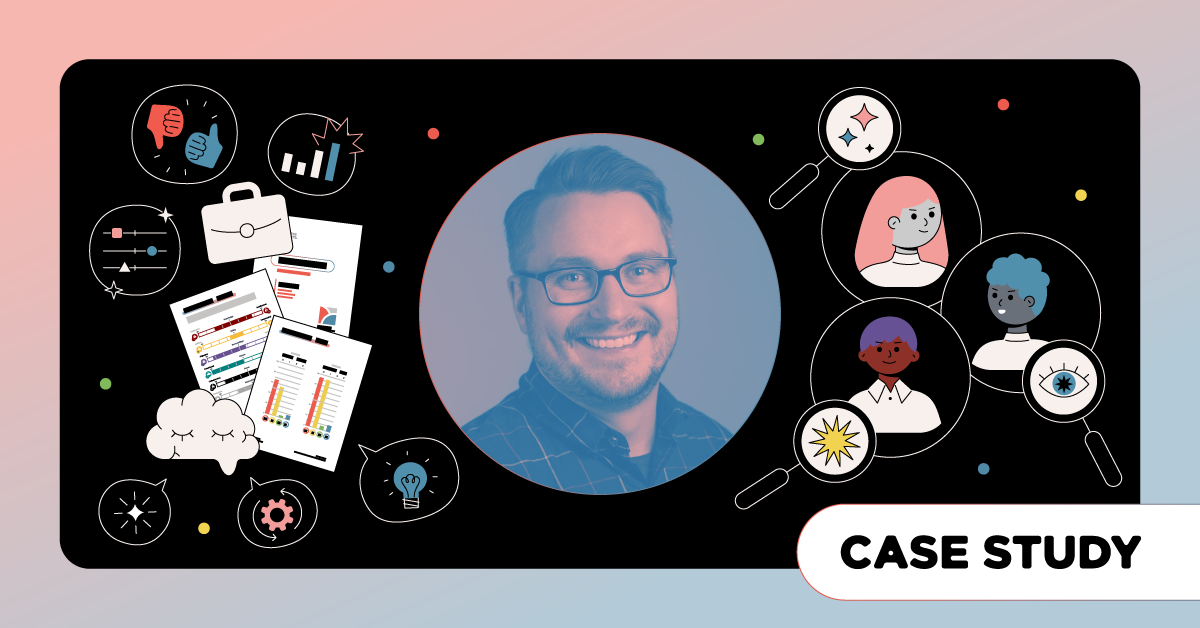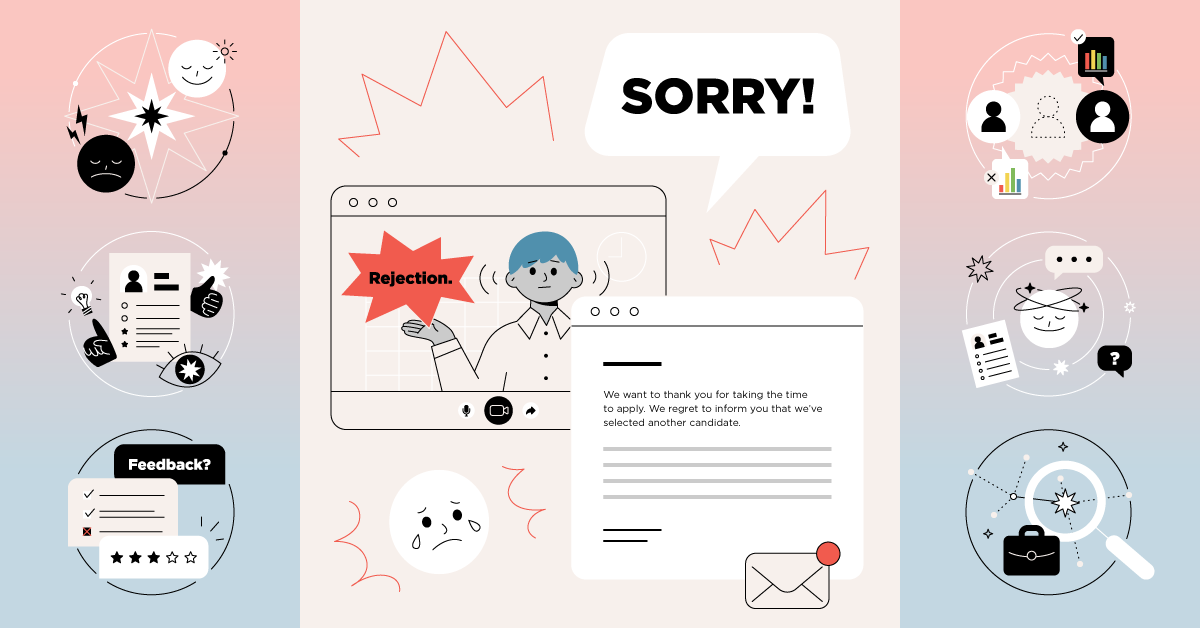A step-by-step guide to writing a dynamic letter of recommendation
Oh no! You have been once again been asked to write from scratch a letter of recommendation. Sadly, a great letter can take several hours of your time, if done well.
Writing about a person’s hard skills is easy (i.e. Joe has these certifications and these degrees and has done these things for us for a number of years). But how do you write about soft skills and maybe more importantly, why is this important to include in your letters of recommendation?
As a professor, I have been asked to write hundreds of letters of recommendation over the years. I learned many years ago that I could draw from my students’ TTI SI assessment reports to make their letters come alive with detail rarely included in other letters.
Fact: People are hired based on hard skills and fired based on soft skills. We all know that a resume just does not tell an employer all the information they need for to hire a person. Even an interview falls short. Here is where assessments can fill the gap by exposing key personal attributes or soft skills. Employers used this information all the time to make hires, so why not do the same thing to help write those time-consuming letters of recommendation?
Allow me to explain the process and by doing so, provide you with a guide to writing dynamic letters of recommendation.
Step 1: Have the person requesting a letter take at least a TriMetrix DNA. Once you have the PDF report in your possession, you are armed with all you need to add in the missing personal attributes.
Step 2: Start writing by identifying yourself. Give the reader a basis of your knowledge of the person and the length of time of your acquaintance. For demonstration purposes, I will use a former student who is applying for a new teaching position, in another school district.
“As former Director of Secondary Science Education, I have known and worked with Sally for over 20 years. Sally Smith was an excellent student in our nationally recognized teacher education program and has been in the classroom, serving her students all these years. I would like to take this opportunity to share my experience and knowledge of Sally as a professional educator.”
Step 3: Address hard skills. This section depends on your role and to what extent you are responsible for providing hard skill detail. It can be as general as:
“As a State Board Certified Teacher, Sally has degrees in English and holds a Secondary Education endorsement.”
I leave the hard skills section somewhat to your own devises. Let’s focus on the missing soft skill components.
Step 4: Address key job components. Once the hard skills are out of the way, you are ready to address the other key job components. The first paragraph should provide an overview of your intent and set the stage for discussing at least behaviors, driving forces and soft skills of the candidate.
“Over the years I have learned that identifying the underlying personal attributes of a teacher are crucial to their success. As the result of both state of the art instruments and on-going observations, the following key phrases describe Sally’s value to your school, her ideal working climate, her primary drivers/motivators and the top personal attributes she brings to her work. As we recognize the seriousness of teacher retention, I suggest that both the candidate and the employer look very closely at this information. A match between skills and working climate and expectations is more crucial than ever."
Now, simply a cut and paste from the coaching report and draw from the Value to the Organization and the Ideal Working Climate sections like this example:
Value to the Organization
- Maintains standards.
- Accurate and intuitive.
- Works for a leader and a cause.
- Conscientious and steady.
- Defines, clarifies, gets information, criticizes and tests.
- Always looking for the logical solutions.
- Consistent and steady.
- Objective--"The anchor of reality."
Ideal Working Climate
- Needs an opportunity to deal with people with whom a long-standing relationship has been established.
- Close relationship with a small group of associates.
- Needs personal attention from her manager and compliments for each assignment well done.
- Provide functional and useful ways to help others achieve and win.
- An opportunity to help others without being in the limelight.
- Able to showcase her unique ability to bring people up to speed through caring for others and detail orientation.
- A manager that values and extracts her opinion on issues.
- Rewards for consistently following established systems and processes.
Step 4: Next draw from the driving forces section to address the why behind their actions. For example, let’s look at the example of Sally whose primary driving forces cluster includes:
- Selfless - People who are driven by completing tasks for the greater good, with little expectation of personal return.
- Structured - People who are driven by traditional approaches, proven methods and a defined system for living.
- Altruistic - People who are driven by the benefits they provide others.
- Objective - People who are driven by the functionality and objectivity of their surroundings.
The first three drivers are more than one standard deviation above the mean, which places Sally in the top 16% for those driving forces. To clarify these bulleted characteristics, Sally will be driven by the following:
"Sally values the process and people involved more than the end result. She focuses on the greater good versus her return on investment. She values people for who they are versus what they can provide. She will adhere to standards when evaluating others. Sally enjoys exchanging ideas with the mindset of influencing others. She insists rules and regulations must be followed by all. She may look at the process for faults before blaming an individual. She may have an interest in improving the working conditions for others. Sally is able to isolate personal issues and focus on professional productivity. She may choose to see the world in pieces, not as a whole. She will evaluate each situation and determine how much collaboration is needed. She will seek knowledge based on her needs in individual situations.”
Once again, notice how the primary driving forces and even the one paragraph are pulled directly out of Sally’s report.
Step 5: Lastly, articulate the person’s soft skills, highlighting their positive features and unless crucial to the position, ignoring those skills not developed.
“Lastly, each of us also brings a set of soft skills to the job. The average USA employee has from three to seven soft skills at their disposal to use at any given time. Sally, on the other hand, has 12 soft skills that rank above national normed data and the three in bold are more than one standard deviation above the mean, which places Sally in the top 16% for those soft skills. Soft skills are experience based and the fact that she has this many skills is an indication of how her years of teaching experience has prepared her. Sally’s skills, in rank order, include:
1. Goal Achievement - The ability to identify and prioritize activities that lead to a goal.
2. Empathy - Identifying with and caring about others.
3. Planning & Organizing - Utilizing logical, systematic and orderly procedures to meet objectives.
4. Flexibility - Agility in adapting to change.
5. Teamwork - Working effectively and productively with others.
6. Conceptual Thinking - The ability to analyze hypothetical situations or abstract concepts to compile insight.
7. Problem Solving Ability - Anticipating, analyzing, diagnosing, and resolving problems.
8. Self-Management - Demonstrating self-control and an ability to manage time and priorities.
9. Creativity - Adapting traditional or devising new approaches, concepts, methods, models, designs, processes, technologies and/or systems.
10. Decision Making - Utilizing effective processes to make decisions.
11. Student Focus - A commitment to customer satisfaction.
12. Coaching - Facilitating and supporting the professional growth of others.”
Notice how I identified only those skills above the national mean and only those skills beyond one standard deviation.
Step 6: Wrap up with closing that serves as a summary. For example:
“I could go on, but I hope you see that Sally Smith has the skills and knowledge enhanced by life experiences to make her the kind of teacher that all of us would be proud to have on our staff. Sally Smith is a person who will make a difference in her students and will be a positive and driving force in your district.”
By drawing from our reports, you are able to provide crucial insights to a future employer that far too often are totally missing from a letter of recommendation. This template not only provides the candidate with a much more detailed letter, but it also provides the writer with all the information necessary to make each letter unique.



